(R1.1) ECCCNYS Residential Enforcement (Pt 1): Plan Reviews in 15 Minutes or Less
T02-07-2829
Countless previous research shows that code officials have very limited time to perform thorough plan reviews and that energy code provisions are often the first items to be jettisoned. This webinar is Part 1 of a two-part series, and will not only help code officials, but also those responsible for preparing construction documents. Participants will understand what’s required to do quick – yet thorough – document submittals and plan reviews. Sample checklists, worksheets and other forms will be discussed and downloadable.
Learning Objectives
- Describe a process for reviewing residential plans that includes assessing the highest impact energy code provisions
- Understand the inputs to provided forms and checklists such as duct and envelope testing verification and HVAC design forms and integrate them into your organization’s normal compliance documentation or enforcement processes
- Recreate a timeline that includes which construction details and verification forms needed to be provided/collected
- Describe how third-party energy professionals such as duct and envelope testers and HERS Raters fit into the inspection process
(R1.2) ECCCNYS Residential Enforcement (Pt 2): Inspections in 15 Minutes or Less
T02-07-2863
Countless previous research shows that code officials have very limited time to perform thorough energy code inspections. This 90-minute webinar will cover the five required inspections: footing and foundation; Framing and rough-in; Plumbing, Mechanical and Final. Part 2 of a two-part series, this course will not only help code officials but also those responsible for designing and constructing residential buildings. Participants will understand what’s required to do quick – yet thorough – site inspections. Sample inspection checklists, worksheets and other forms will be discussed and downloadable.
Learning Objectives
- Describe a process for inspecting residential construction that includes assessing the highest impact energy code provisions
- Understand the inputs to provided forms and checklists such as duct and envelope testing verification and HVAC design forms and integrate them into your organization’s normal compliance documentation or enforcement processes
- Recreate a timeline that includes which construction details and verification forms need to be provided/collected and when in the design/construction process
- Describe how third-party energy professionals such as duct and envelope testers and HERS Raters fit into the inspection process
(R2.1) ECCCNYS Residential Envelope (Pt 1): Air Sealing to 3 ACH50
T02-07-2843
Relevant market research, including the DOE Residential Field Study, revealed significant noncompliance with 3 ACH50, and multiple other field studies in nearby geographies and uncovered lack of proper insulation installation. This webinar training covers air sealing, air barriers, blower-door testing, identification of potential leakage sites in CAD details, 3D graphics, and photographs, for single family residential including other issues, such as party walls, in low-rise multifamily. This webinar is Part 1 of a two-part series on energy code envelope requirements. Both webinars include test-your-knowledge questions, and guided discussion of pros/cons of various strategies.
Learning Objectives
- Understand how to review, install, and inspect details necessary to achieve an envelope leakage rate of 3 ACH50 or less
- Differentiate between several air sealing techniques
- Identify and resolve common leakage areas like window and door penetrations, attic knee walls, recessed lighting trim kits, townhouse party walls, garage floor separation, behind tubs, showers, and mechanical/electrical/plumbing penetrations
- Understand code requirements for air sealing from the 2020 ECCCNYS Table 402.4.1.1 Air Barrier and Insulation Installation.
(R2.2) ECCCNYS Residential Envelope (Pt 2): Other Requirements
T02-07-2849
Relevant market research, including the DOE Residential Field Study, revealed significant noncompliance with 3 ACH50, and multiple other field studies in nearby geographies uncovered lack of proper insulation installation. This webinar training covers energy code insulation installation requirements, and includes mock-ups, identification and potential problem sites in CAD details, 3D graphics, and photographs for single family residential and other issues, such as party walls in low-rise multifamily. This webinar is Part 2 of a two-part series and includes test-your-knowledge questions, and guided discussion of pros/cons of various strategies.
Learning Objectives
- Understand how to review, install, and inspect details necessary to achieve envelope insulation requirements
- Differentiate between several insulation techniques
- Identify and resolve common problem areas such as cold corners
- Understand code requirements for insulation installation from the 2020 ECCCNYS Table 402.4.1.1 Air Barrier and Insulation Installation
(R3.1) ECCCNYS Residential Systems (Pt 1): Whole-house Mechanical Ventilation
T02-07-2857
There has been a high interest in northeast states for education on the code requirements for whole-house mechanical ventilation. In this course attendees will understand the building science behind this important code requirement and be able define various methods of achieving compliance. In addition, attendees will learn how to determine the minimum required ventilation rate based on house specifications and choose a system that meets the ventilation rates and fan efficacy requirements.
Learning Objectives
- Understand the benefits of tight construction combined with mechanical ventilation
- Determine the minimum required ventilation rate for a specific home and identify and resolve common installation problems
- Describe the differences and pros and cons of several mechanical ventilation strategies
- Determine fan efficacy requirements on a system design
(R3.2) ECCCNYS Residential Systems (Pt 2): Forced Air Distribution
T02-07-2862
In this course attendees will understand the importance of duct testing, sealing, and installation on the total performance of a house heating and cooling system. Attendees will be able to distinguish various code requirements based on duct proximity to the building thermal envelope. In addition, attendees will learn duct insulation requirements and methods. Attendees will be introduced to a customizable Duct and Envelope Testing (DET) reporting form to make demonstrating code compliance straightforward and efficient.
Learning Objectives
- Understand the consequences of leaky duct systems
- Understand how to achieve tight ducts
- Identify and resolve other common duct installation problems
- Utilize the provided duct and envelope testing (DET) form to document or verify compliance with duct testing requirements

